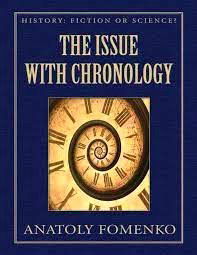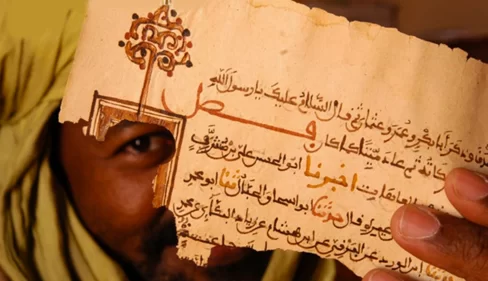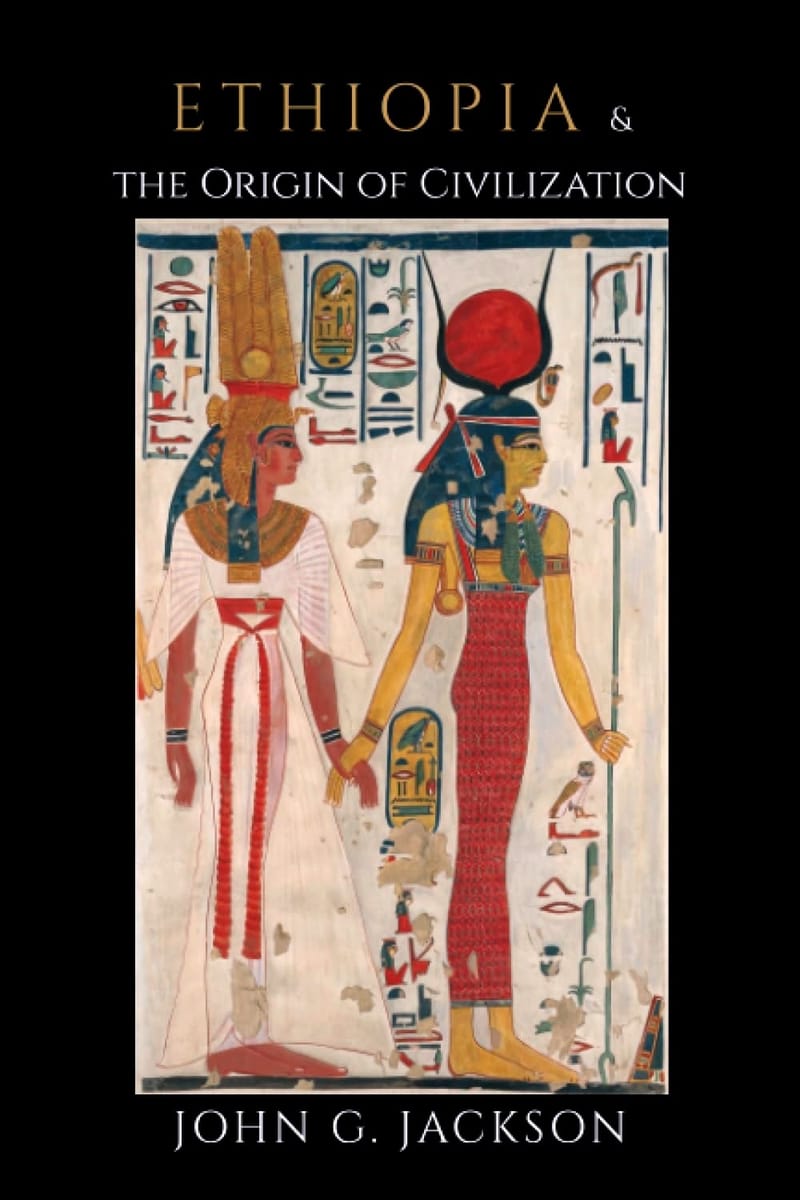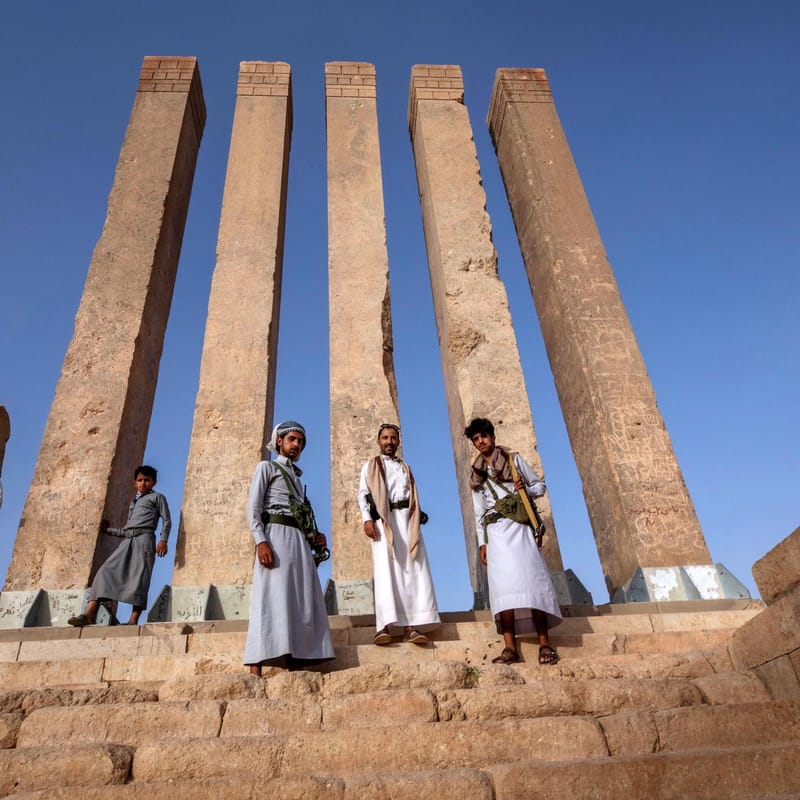Anatoly T. Fomenko, The Issue with Chronology (History: Fiction or Science?) 2017
Cartography and Chronology play an ideological and diplomatic dimension. As such, maps and chronology are weapons used in the art of persuasion as business of seduction and control. Spanish imperial cartography in the 16th century was a tool of reorientating Spain’s imperial imaginary” by way of hegemonic perception of space and geography. It is no coincidence that many of the best cartographers came out of the Holy Roman Empire: Eusebio Kino in Mexico’s Pimeria Alta, Ignaz Kogler for his work in Beijing, Samuel Firtz in Peru and Brazil. Like the Clauvian-Gregorian calendar of 1582, maps and chromoly became associated with the time and space of the conquistadors. More than any religious order, Jesuits produced maps. They produced the first modern maps of Mexico, South America, and Canada. Remember the famous 1584 world map of Matteo Ricci (Daying Quantu, Complete Map of the Great Ocean). Ricci used his map as a means to challenge the Chinese confidence in a Sino-centric conceptualization of the world. The Sicilian Jesuit Girolamo de Angelis (1567-1623) created a map of the northern island of Japan. Maps are visual instruments for conquest, conversion, seduction, and political influence by “curiosity” contagion. Often seen as ”european things”, maps cover the range of visual representations as the icon of the Virgin Mary to clocks, astronomical instruments, and history books. Saint Augustine warned us: “be wary of mathematicians, particularly when they speak the truth!” For this reason, Jesuits took over control of Chronology in XVI century when it was a part of mathematics. The New Chronology theory based on exact sciences informs us that all events that took place allegedly over 1300 years ago, as well as real persons who were players during this period of time, are simply unknown to us. World history prior to AD 1600 has been widely falsified and instrumentalized to address vested interests and meet the agenda of religious and political conspirators working to rewrite history and impose their narratives. Now the mathematicians are back with a revenge! Distinguished mathematician and specialist in computer geometry and algorithm, Anatoly T. Fomenko argues in his book that world history as we know is radically shorter than what has been universally accepted. The scribes of world history have compressed history to cover up the lack of written material prior to Ca.800. Most events of antiquity generally attributed to ancient Rome, Greece, and Egypt actually occurred during the Middle Ages. Roman and Egyptian chronology take a good beating, and it goes rapidly downhill from there. Poggio Bracciolini and Petrarch took the blame for creating the legend of a mythical Classical age that never was. Biblical events are moved a lot closer to us historically, as well as geographically. Biblical Jerusalem being identified with the mediaeval Constantinople, for instance. The New and the Old Testament swap their positions on the chronological scale, both exposed as referring to mediaeval events. Our perception of history begins to change dramatically even before we’re through with "The Issue with Chronology".
- Category: Reading Bar Café




